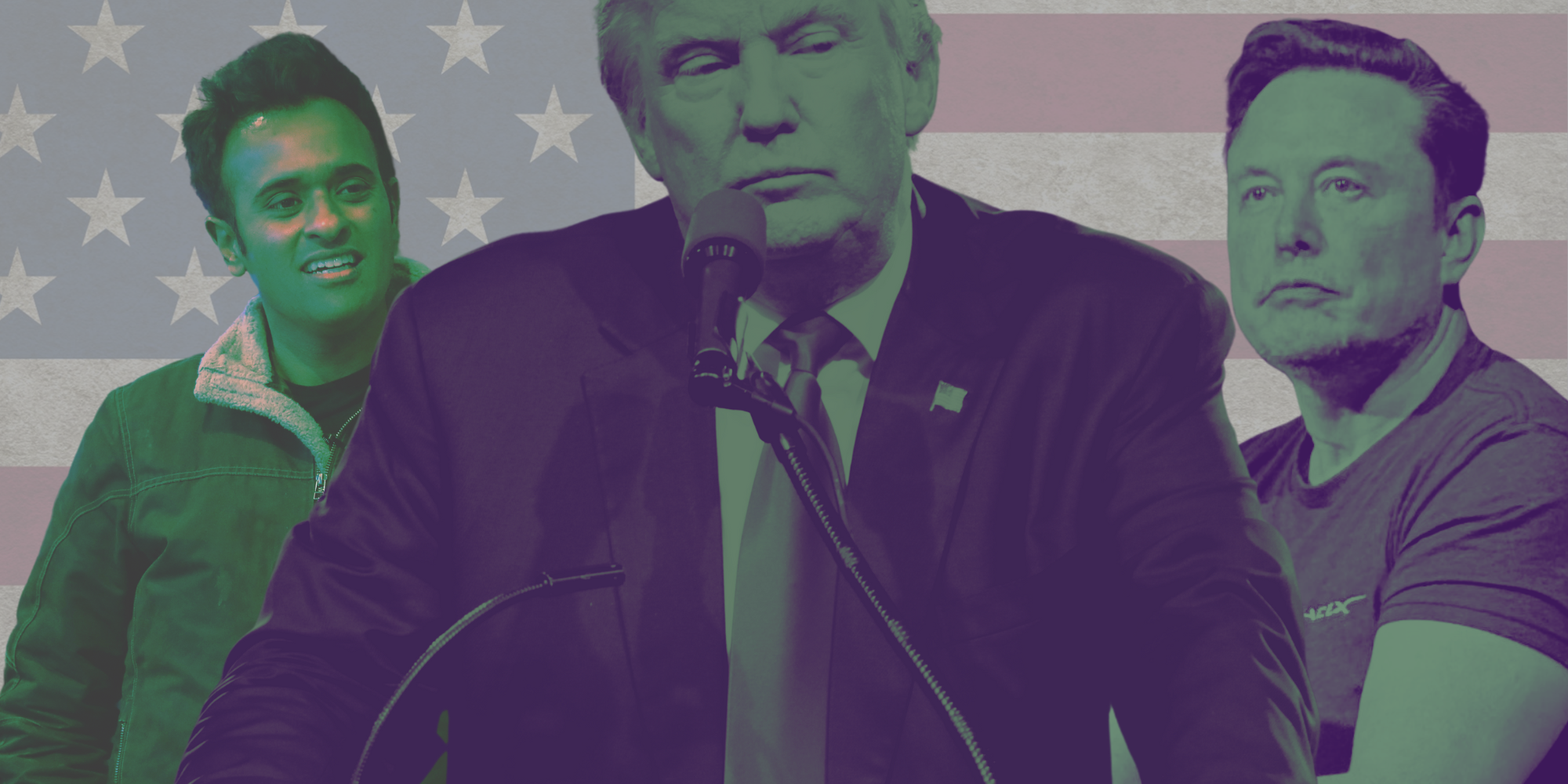To make government more efficient, DOGE should think long term
Short-term efficiency makes little sense in a world of 'long problems'. If the Trump administration's new Department for Government Efficiency wants to save taxpayers real money, it should look well into the future.

Years of inflation have taught Americans to beware false economies. You can save money by not replacing your tyres, but at some point they’ll blow out and you’ll lose your car – or worse.
The Trump Administration promises to cut government spending through a new Department of Government Efficiency (DOGE) led by tech billionaire Elon Musk. But such efforts often fail because, intentionally or not, they tend to confuse short- and long-term efficiency, wiping out any costs they save in the present by putting taxpayers on the hook for larger liabilities in the future.
The COVID-19 pandemic shows exactly why governments need to take a long view of efficiency. Governments around the world spent just a few billion per year on pandemic preparedness before 2020. Public health experts begged them to do more, especially after the economic fallout of the 2003 SARS epidemic showed the cost of being unprepared. But politicians never prioritised the issue. The predictable result was a tsunami of rushed, reactive, often wasted spending during the COVID-19 pandemic. The US alone spent over $5 trillion responding to COVID-19, starting during the first Trump Administration.
A government serious about efficiency should be laser-focused on cases where a small amount of spending can save taxpayers from big liabilities, even if they’re uncertain and in the future. Indeed, polls show widespread support for pandemic prevention not only because it keeps us safe, but also because it saves money. Ignoring both public sentiment and expert consensus, Trump moved to withdraw the United States from the World Health Organization on his first day back in office, hamstringing global prevention efforts without proposing an alternative.
In fact, health overall is an area where short-term investment would create long-term savings. The US government spent around $1.6 trillion on healthcare provision in 2023. One of the best ways to reduce this bill, especially for some of the most expensive diseases like diabetes or cancer, would be to invest in prevention, including by encouraging healthy diets and exercise or by reducing pollution in food, air, and water. Vaccines show a particularly high return on investment. An outbreak of measles costs the governments tens of thousands of dollars per case, while the vaccine costs less than a dollar.
Another long-term cost-saver is investing in kids. Taxpayers spend hundreds of billions of dollars on programmes to ensure the nation’s children are fed, healthy, safe, and educated. In return, they get more productive citizens who contribute more in taxes, who are much less likely to get arrested or end up homeless, and whose own children will need less support. With 16 per cent of US children still living in poverty, investing even more in the short-term would return even more in the long-term.
Perhaps the biggest liability taxpayers face over time comes from climate change. Since 1980, the 400 biggest weather and climate disasters cost the US government $2.7 trillion, more than three times the total price tag of the landmark Inflation Reduction Act. As droughts, fires, heatwaves, floods, and storms intensify, insurance companies are pulling out of whole regions, leaving taxpayers as the insurers of last resort.
As these examples show, short-term efficiency makes little sense in a world of 'long problems'. Of course, many self-described advocates of efficiency are not really interested in value for money; they just have an ideological preference for less government, no matter what the ultimate cost. Americans deserve a healthy debate about the appropriate size and scope of government. But conservatives around the world have for decades failed to shrink the size of governments or reduce debt levels, in part because they have not prioritised reducing future costs through efficient prevention. Because public debt accumulates over generations, it too is a long problem. If DOGE simply makes short-term cuts that lead to long-term costs it will fail on its own terms.
How will Americans know if DOGE is saving us money or piling on costs? Elon Musk has promised that all actions will be posted online for maximum transparency, so he could adopt a straightforward test. DOGE should review and make public an estimate of both the savings and liabilities any spending cuts will have over 30 years, the maturity of the longest bonds the US Treasury issues on behalf of the American people. Without a long view of costs and benefits, Musk and Ramaswamy risk becoming yet more false prophets of efficiency the country can ill afford.
Tom Hale’s book Long Problems is available from Princeton University Press.
Image: Compositie of President Donald Trump and tech billionaires Elon Musk and Vivek Ramaswamy, both involved in helping created the new Department of Government Efficiency.

